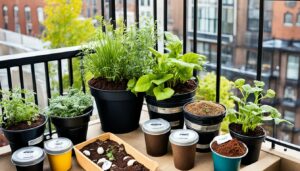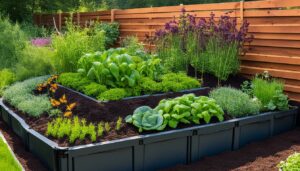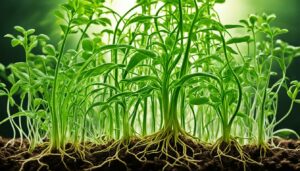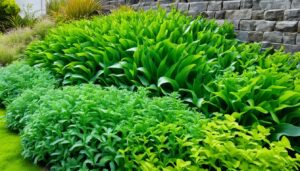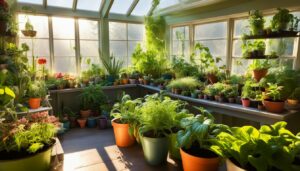In a world that is rapidly embracing technological advancements, there’s a gardening treasure trove that harks back to simpler times: heirloom seeds. Astonishingly, these precious botanical artifacts are not merely specks in a seed catalog; they represent a collection of flavors, colors, and stories that have been cultivated and cherished for generations. With seed preservation techniques, these living legacies continue to make their way into the backyards of those passionate about sustainable organic gardening. From the windswept prairies to the bustling suburbs, backyard seed saving is more than a hobby; it’s a bridge to our past, acting as a bastion for biodiversity and a rebellion against the homogeneity of modern-day produce.
Heirloom seeds stand apart, not only for their exceptional taste profiles and vibrant hues but also for the enduring tales they tell—stories of heirloom tomatoes ripening under the Italian sun, rare beans traded on ancient trade routes, and corn varieties that have been staples of Native American agriculture for centuries. These seeds, which thrived in gardens well before the advent of commercial farming, now find new life in the plots and planters of modern-day green thumbs eager to preserve a piece of natural heritage for the future.
Key Takeaways
- Heirloom seeds offer a living link to our cultural and botanical heritage, with some varieties being grown for hundreds of years.
- Understanding and applying seed preservation techniques is critical for maintaining the purity and viability of these cherished varieties.
- Sustainable organic gardening with heirloom plants contributes to environmental health and promotes biodiversity.
- Backyard seed saving empowers gardeners to be protagonists in the story of plant preservation and food security.
- Pioneers of seed saving, like John Coykendall, illustrate the impact that individual dedication can have on conserving plant diversity.
The Importance of Heirloom Seeds in Modern Gardening
The advent of organic gardening and sustainable farming practices has brought with it a renewed appreciation for the value of heirloom seeds. A deep understanding of the virtues of open-pollinated seeds and non-GMO seeds is not just for the seasoned gardener but also for anyone interested in preserving heirloom plant varieties. These seeds are time capsules, carrying with them the history, culture, and flavors of the past.
A Brief History of Seed Preservation
Seed preservation is as old as agriculture itself. Ancient civilizations understood the vitality of saving seeds from one harvest to plant in the next. This connection between past and future harvests is maintained today through heirloom seeds. Embracing a philosophy against genetic modification, these non-GMO seeds have been sheltered from the industrial homogenization that characterizes much of modern agriculture.
Heirloom Seeds vs. Hybrid Seeds: A Comparison
Although hybrid seeds may offer optimized growth and uniformity, they lack the distinctiveness and the genetic diversity inherent to heirloom seeds. These latter breeds are coveted for their unique flavors, colors, and resilience, characteristics often absent in their hybrid counterparts, which cannot reproduce true to type from seed.
| Characteristic | Heirloom Seeds | Hybrid Seeds |
|---|---|---|
| Reproduction | Can be open-pollinated | Does not reproduce true to type |
| Genetic Diversity | Preserves genetic diversity | Limited genetic diversity |
| Flavor and Aroma | Rich and diverse flavors | Often mild, less varied flavors |
| Seed Dependency | No dependency, seeds can be saved | Dependent on seed companies for new seeds each season |
| Adaptability | Adaptable to local conditions over time | Bred for specific conditions, less adaptable |
Role of Heirloom Seeds in Biodiversity and Sustainability
The role of heirloom seeds in fostering biodiversity cannot be overstated. As the bulwark against the tidal wave of monoculture, these seeds represent the diversity that makes ecosystems robust and agriculture sustainable. They offer solutions for future challenges by preserving genetic material that might be crucial to overcoming unforeseen environmental changes.
Heirloom seeds are at the forefront of a movement that values food security and ecological health. By nurturing these seeds, gardeners keep alive a wide array of plant species, thus ensuring a resilient food system. This is the heart of sustainable farming practices, and it is vital to our continued prosperity on this planet.
Heirloom Seeds Saving Techniques and Best Practices
Embarking on the journey of heirloom seeds saving is to immerse oneself into a tradition rich with history and ecological mindfulness. With a focus on sustainable farming practices, gardeners globally are turning their hands to preserve the vitality of open-pollinated, non-GMO seeds. The processes involved may seem daunting at first glance, but with a few guidelines and a passionate heart, anyone can become a successful seed saver.
One of the cornerstone techniques of seed saving is recognizing the importance of isolation. Open-pollinated, heirloom seeds must be kept at a safe distance from their hybrid counterparts to prevent cross-pollination, which can compromise genetic purity. This precision ensures that the essential characteristics of heirloom plants remain intact for future harvests.
- Choose robust, disease-free plants for seed preservation.
- Understand the specific seed extraction, cleaning, and drying methods unique to each plant type.
- Store seeds in airtight containers in a cool, dry, dark environment to prevent premature sprouting.
- Include moisture control substances to maintain seed viability.
- Clearly label containers with plant name, variety, and date of harvest for future reference.
Such meticulous attention to detail culminates in seeds prepared for longevity and prosperity. The fruits of this labor—a plethora of heirloom seeds ready for seasons to come or for sharing with fellow enthusiasts through community seed exchanges and libraries.
Adhering to these best practices not only rewards the individual gardener but contributes significantly to the broader initiative of seed preservation techniques. This practice is a key to unlocking sustainable growth and biodiversity in home gardens and farms alike.
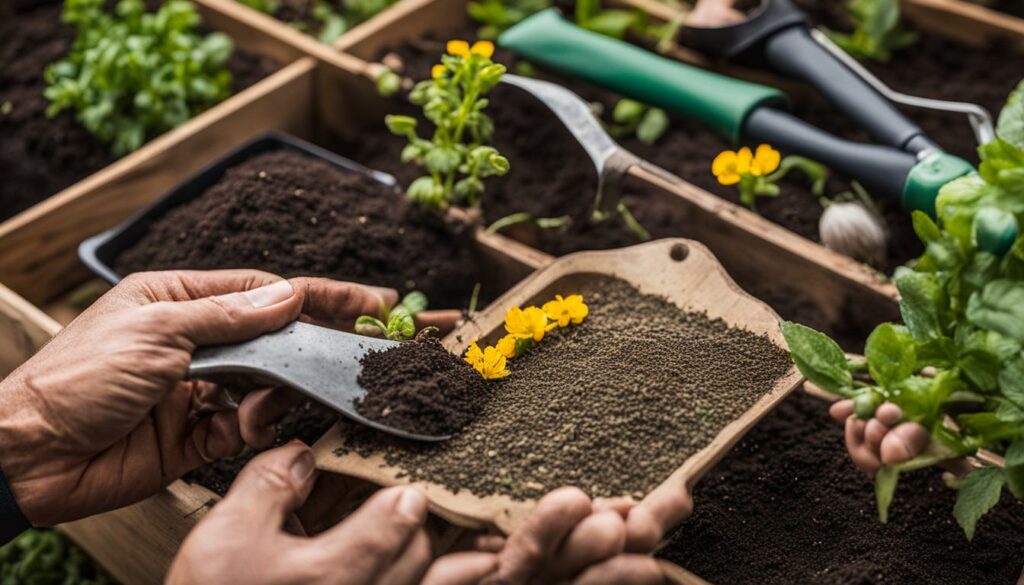
In summary, the legacy of heirloom seeds saving is perpetuated by the dedicated efforts of those who appreciate the value of preserving our agricultural heritage. By focusing on non-GMO seeds and enhancing ecological diversity through open-pollinated seeds, gardeners can ensure a rich, sustainable future for our planet’s flora.
Conclusion
The journey through the verdant world of heirloom seeds is both a nod to tradition and a step towards a sustainable future. Gardeners who immerse themselves in the practice of heirloom seeds saving not only celebrate the aesthetic and gastronomic delights these species offer but also become guardians of an unparalleled legacy. This intricate tapestry of plant heritage, enriched by each saved seed, stands as a testament to the importance of preserving heirloom plant varieties in our shared botanical history.
Contributing to the Legacy of Heirloom Varieties
As gardeners, each time we sow an heirloom variety, we sow a story. The collective endeavor of organic gardening enthusiasts to maintain non-GMO, open-pollinated seeds is nothing short of a cultural crusade. It is a contribution to environmental wellness and diversity, ensuring that every petal, leaf, and fruit carries within it centuries of history and the potential for a thousand futures. The act of saving these seeds goes beyond personal satisfaction; it is a vital service to ecological preservation and sustainable farming practices.
Embracing Heirloom Seeds for a Richer Future in Gardening
Embracing heirloom seeds does more than just enrich our gardens—it cultivates a bond with the earth that is as authentic as it is profound. In nurturing these living antiques, we embrace a form of organic gardening that is rich in diversity and connectivity. So as we look forward to the future, our hands deep in soil, let us remember that we are shaping more than just our plots of land. We are growing a legacy, filled with the flavors and stories of the past, that will flourish for generations to come. This is the heart of truly sustainable gardening—a practice that not only preserves the wonders of yesterday but sows the seeds for a vibrant tomorrow.



